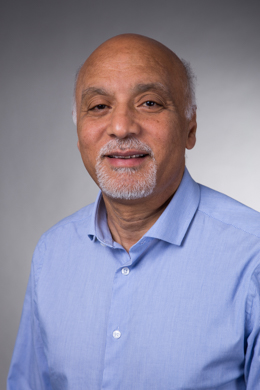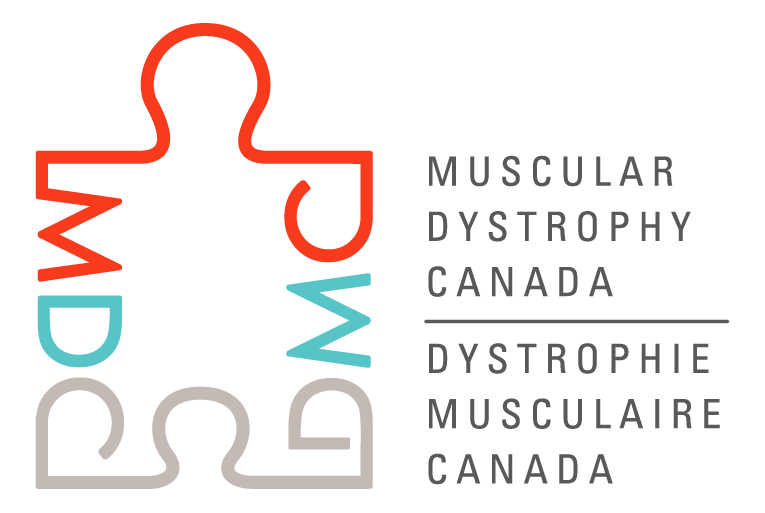Human iPSC-derived neurons as a model of congenital myotonic dystrophy type 1
2021
Lead investigator

Dr. Mohamed Chahine
Université Laval
Quebec City, Quebec
Collaborators & Co-Investigators
- Dominic Jauvin, MSc
- Jack Puymirat MD, PhD
Research Sites & Affiliations
- Université Laval, Quebec City, Quebec
Budget: $59,987.20
Disorders: Myotonic Dystrophy
Research Areas: Understand Diagnosis and Disorder Progression
Abstract:Myotonic dystrophy type 1 (DM1) is the most common form of muscular dystrophy found in adults and currently there is no cure for this disease. DM1 is a multisystemic disease that affects several tissues including skeletal muscles, heart and brain. There are two major clinical manifestations of DM1: the classical adult form and congenital/childhood form. While the causes for skeletal muscle abnormalities in adulthood DM1 are established, the mechanisms responsible for the brain aspects of the congenital/childhood forms of DM1 remain largely unknown. The congenital form of DM1 is maternally transmitted and is characterized by reduced fetal movements, severe hypotonia and weakness at birth, often-respiratory insufficiency, feeding difficulties and talipes. Recent advances in stem cell technology now, will allow establishing stem cell lines from patients with adult and CDM1/childhood forms of the disease with the possibility to guide the differentiation of these stem cells into brain cells. Using the latest technology in disease modeling using 2 and 3D neuronal cultures), will speed up new discoveries on how we can reverse brain abnormalities in these patients.
Impact: Understanding the DM1 disease mechanism will help neurologists and other healthcare providers to improve the current diagnosis, monitor the disease progression and eventually improve treatment.
Impact:
